Elmore writer Bob Girouard had a chat with music executive, producer and author Ken Mansfield about the legendary “rooftop concert,” the Beatles’ unannounced and final performance, held a half century ago. Here’s his report:
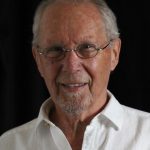 During the 1960s, no town swung harder than London, England. The City of Light and The Big Apple don’t sound exciting, but the UK’s capital earned the nickname “Swinging London” for good reason, and became the epicenter of everything cultural, political, artistic and fashionable. From a musical standpoint, four mavericks from Liverpool calling themselves The Beatles were at the core of it all.
During the 1960s, no town swung harder than London, England. The City of Light and The Big Apple don’t sound exciting, but the UK’s capital earned the nickname “Swinging London” for good reason, and became the epicenter of everything cultural, political, artistic and fashionable. From a musical standpoint, four mavericks from Liverpool calling themselves The Beatles were at the core of it all.
No pop phenomenon has ever captured the hearts and minds of the public to such a degree, before or since. Whether it be “Love Me Do,” “A Hard Day’s Night,” Nehru jackets, Beatle boots, Beatle haircuts, Transcendental Meditation, or “Sgt. Pepper’s Lonely-Hearts Club Band,” every song they sang, everything they said, and every move they made was considered a trend, and the world surrounding them was deliriously happy to follow. In music, they spearheaded a pivotal movement dubbed “the British invasion.”
Toward the end of the decade, at the height of their popularity, the band grew restless and endeavored to pursue individual interests. Enter Apple Corps. An umbrella experiment long on free-form philosophy but short on operating capital, it ended up a dismal failure. With John, Paul, George and Ringo’s differences now aired publicly, a young 27-year old American executive named Ken Mansfield was brought over to the UK (by the parent company, Capitol Records) from Los Angeles as Apple’s U.S. Manager of Operations. Unfortunately, the band’s wounds were too deep to mend, and after a final performance on the rooftop of the Apple Building on January 30, 1969, a decision was made to say “So long” with a project encompassing both a recording and feature film called Let it Be. The following is Mansfield’s recollection of the projects between May 8th and 13th, 1970.
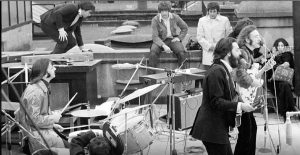
“If there was a catalyst to the Let It Be project it was Paul McCartney. It seemed to me, at the time no matter what I was involved with it was something that Paul had instigated or communicated. In a way, some people considered John Lennon the leader because of the way he contributed, but Paul was the hands-on guy; like someone who comes to the office every day and rolls his sleeves up, ready to work. It was a really confusing time. Beginning with the White Album, George Harrison had told me that the band had taken on way more than they could handle. I remember that very shortly after re-mixing the White Album they started Let It Be, which was part of a trilogy (first the White Album, Let It Be, then followed by Abbey Road). The Let it Be album kept having different versions before it became officially released. Engineer Glen Johns’ initial mix didn’t fly, then he did another version which led to some bootlegs coming out, followed by Phil Spector’s (in my estimation) over-produced version. There was so much going on it was just crazy.
“In my opinion, Yoko Ono didn’t break up the Beatles. She may have complicated things, but at that time and after so much success they were all going in different directions. It was time, and was the natural evolution of what a band does. The film was released just a few days after. When they started filming, they were at Twickenham Studios, and while they were recording at Abbey Road, film cameras were running the whole time. With the advent of re-releasing Let It Be, the movie, I feel that producer/director Peter Jackson is the right guy to capture the band’s full scope. Michael-Lindsay Hogg’s original was creative but also very dark. Jackson’s approach is supposedly lighter, and given new technology I think the public will get a fresh view of the Fab Four and see them in a whole new light.
“In hindsight, when I was at Apple, I never saw the bad times, the supposed fights and bickering, etc. Some thirty years later, I was having dinner with Ringo and said to him: “I always felt like you guys were trying impress me because of my position.” To which he replied (tongue ‘n cheek): “Yeah Ken, in ’68 we didn’t have anything to do…we would just sit around and think of ways to impress you!”
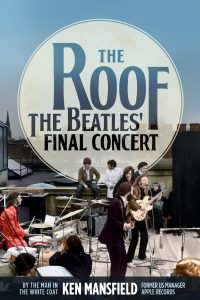
—Bob Girouard
The LP was released May 8, 1970, the motion picture on May 13, 1970
Ken Mansfield is the former U.S. Manager of Apple Records, a ranking executive for several record labels, the author of seven books, including The Roof (The Beatles final concert), songwriter and a Grammy- and Dove Award-winning album producer.


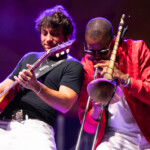

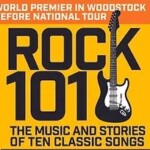
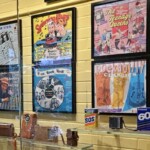

Be the first to comment!